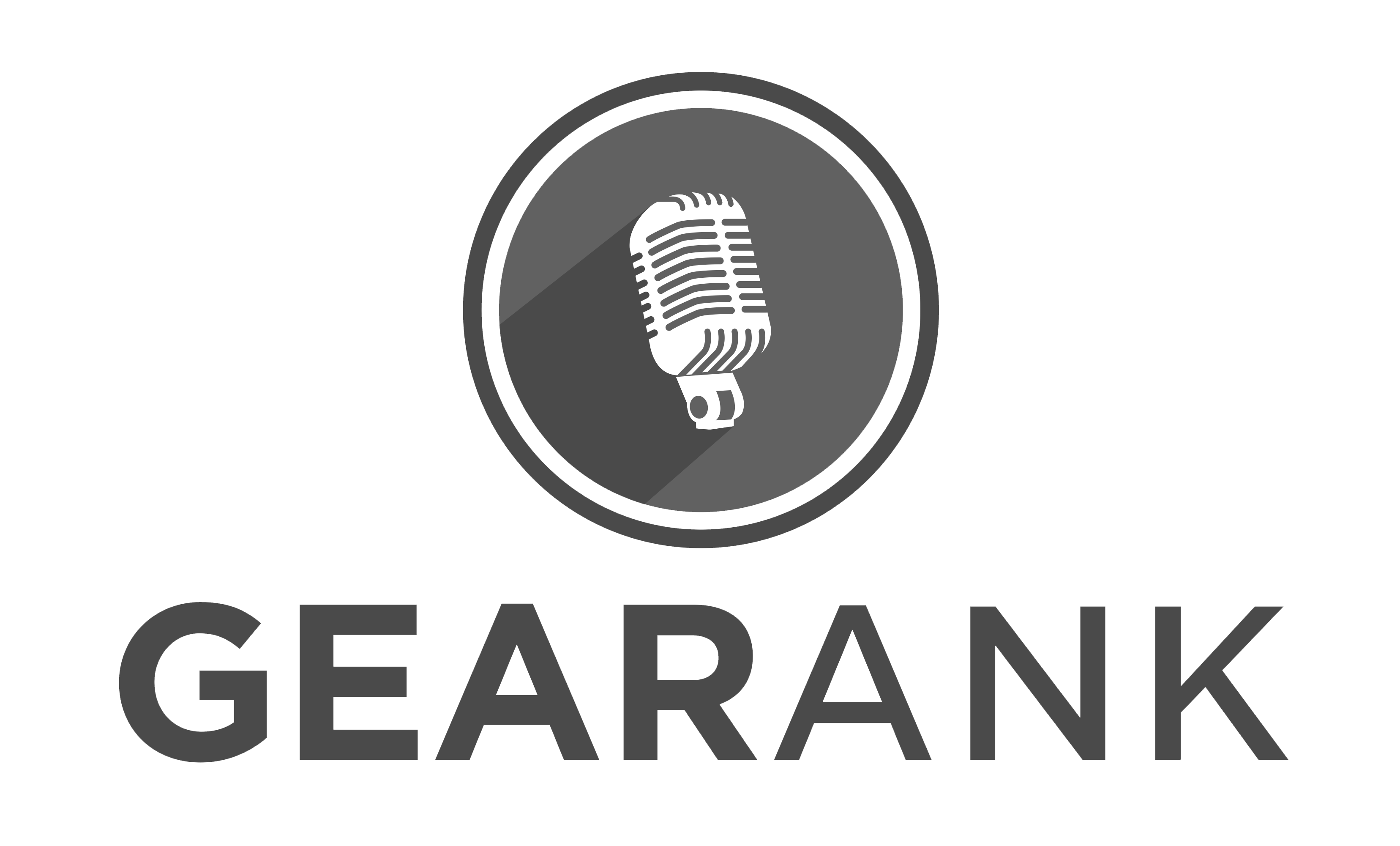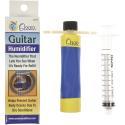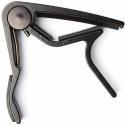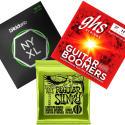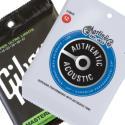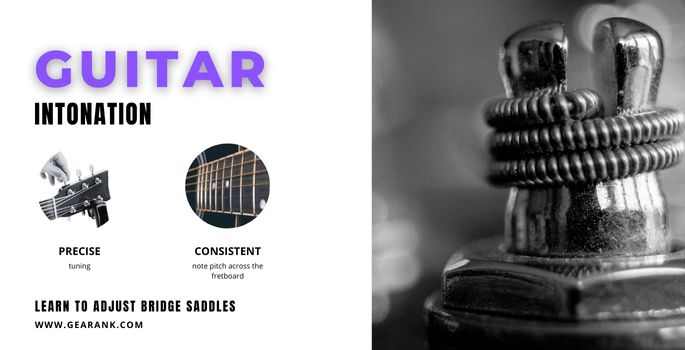
Guitar intonation is an often overlooked aspect of a guitar’s performance. But experienced musicians know how big of an impact it has. It can make or break the overall sound and playability of a guitar.
When intonation is good, you sound and play well. When it’s terrible, you’ll hear and feel it. Good intonation is one of the distinguishing factors of premium guitars.
In this article, I’ll walk you through this important topic. We’ll go over the definition of intonation and the issues surrounding it. And you’ll learn how to troubleshoot and correct these types of problems.
What Is Guitar Intonation?
This term refers to the accuracy of the guitar’s tuning along the entire length of the neck.
Basic tuning is about getting the open strings in tune. Proper intonation ensures that the notes played on various frets are also in tune.
When a guitar has accurate intonation, all the open strings and each note on the fretboard will be at the correct pitch.
Intonation is the guitar’s ability to stay in pitch as you play the different strings across the fretboard.
What Are The Factors That Affect Intonation?
The strings must be stretched to the correct length, and the frets must be meticulously positioned for good intonation. There are vital factors to consider to achieve good intonation.
Build Quality
The most crucial factor is the guitar’s overall build quality. Pricier guitars often excel in this area, as they typically prioritize precision manufacturing. The neck, frets, and bridge are precisely aligned, resulting in near-perfect intonation. And they are expected to stay that way for a long time.
Conversely, cheap guitars spend less on quality control. They may have factory defects like misaligned necks, frets, or bridges. Even small misalignments can result in tuning issues at the higher frets.
Unfortunately, these issues cannot be easily fixed. They may require professional adjustments to the guitar’s neck and hardware.
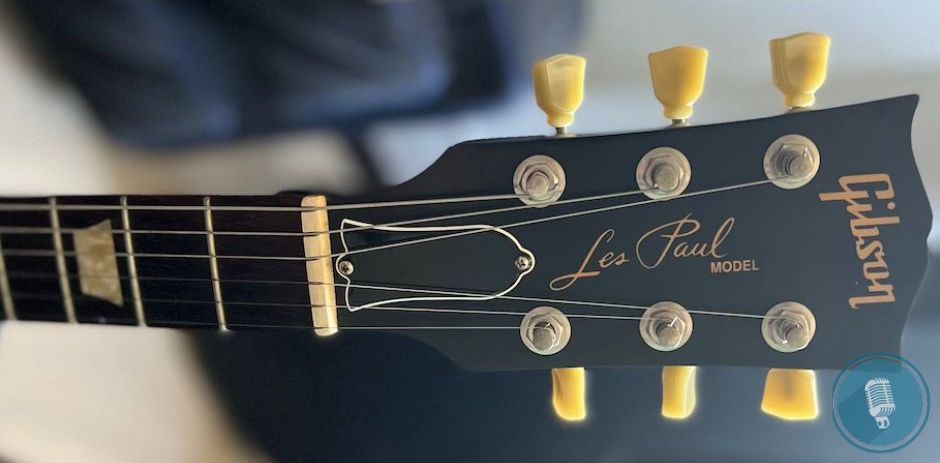
Deformity or Damage
Most guitars are made of wood; if not properly cared for, wood tends to warp or bend out of shape. This deformity can impact string, neck, and bridge alignment.
The result is tuning issues and other problems like fret buzz, high action, etc.
These issues often require professional repair – like truss rod adjustment and guitar neck relief adjustment. Thankfully, this is generally preventable if you take good care of your instrument.
Even metal hardware is prone to damage or deformity (especially the frets), and the result is the same. You will notice tuning issues if your fret wires are old and bent. You may also inadvertently move adjustable bridge saddles, which will also cause tuning issues. This is usually the first thing to check if your guitar’s intonation suddenly goes bad after a gig.
Old Strings
Don’t be a cheapskate; replace old strings regularly. Rust and grime will eat into the strings, causing changes in tension and resonance. This is the reason why it’s challenging to tune guitars with old strings.
Poor Technique and Bad Capos
Before you blame it on your guitar, make sure that you are properly fretting the strings. Too much pressure can cause your notes to go sharp. This also applies to bad capos that maybe gripping the strings too tight. Get a capo with adjustable grip, so you can set it just right for your guitar.
Maintenance
Guitars are machines, and so they require regular maintenance for perfect intonation. Several things can impact the overall upkeep of the instrument. These include environmental factors, age, how often it is played, playing technique, and many other issues.
Luthiers recommend having guitars checked up once in a while for intonation adjustment and fixes. This usually involves minor adjustments, but sometimes, bigger work is needed, like a re-fret or neck re-alignment.
How To Check Intonation On Your Guitar
A sure marker of a professional guitarist is ensuring that the guitar plays in tune. And to make sure that you won’t sound sharp or flat on higher frets, here are some tips.
Use a Precise Chromatic Tuner
The first step is using a good tuner and re-tuning your guitar strings.
While it’s more convenient to tune by ear, you can better detect poor intonation when you use accurate guitar tuners, like a chromatic tuner.
An electronic tuner is more reliable because our brains tend to “auto-tune” what we’re hearing. Sometimes, our guitar sounds perfectly in tune, but it might have flat or sharp intonation.
It’s the same phenomenon where off-pitch singers don’t realize they are out of pitch.
Check The Tuning of ALL the Frets
This is a tedious process, but important if you want your instrument to be in the correct pitch. This is also a beneficial process for guitar buyers.
As mentioned above, don’t do this by ear. Use an electronic tuner and check the pitch of each fret.
And the more accurate the tuner is, the quicker this process will be. Some tuners even allow for microtonal adjustments like when tuning to 432 Hz.
Hertz (Hz) is the frequency measurement used by tuners. You can see the corresponding frequency for each musical note in a note frequency chart.
If you want to make pitch corrections but don’t have the time to check all frets, then you can play the open string and compare it with the 12th fret.
Pluck the open string, then play that same string on the 12th fret. If that same note seems out of tune at the 12th fret, then this is a sign that your guitar’s intonation needs to be adjusted.
You can also compare the artificial harmonic note at the 12th fret with the fretted pitch.
To execute an artificial harmonic, lightly touch the guitar string just above (without touching the frets) the 12th fret and quickly release the finger pressure. Check the tuner to see if it is perfectly in tune. If not, tune the string until you get the appropriate pitch.
After the artificial harmonic:
- Fret the 12th fret regularly, and play.
- Check how the pitch is. If it is flat or sharp, then you have a problem.
- Start with the Low E string, and repeat the steps for the other strings, all the way to the high E string.
You can do this on both electric guitar and acoustic guitars. You can plug into a guitar tuner for electric guitars and follow the same process.
It is important to note that a guitar with acceptable intonation will be in tune no matter where you are on the entire fretboard. Whereas a guitar with a bad pitch will be out of key in some areas of the fretboard.
You may notice that your guitar’s sound will be more out of key as you go higher up the fretboard. This is a sure sign of guitar intonation problems.
How To Adjust Intonation
You will need to adjust your instrument’s intonation for better pitch accuracy. Below are some tips that can help you adjust intonation.
Most electric guitars have adjustable bridge saddles. By moving the saddle (usually with a screw), you can increase or decrease the length where the string is stretched. And this impacts intonation. To move the bridge saddle forward, loosen the screw, and to move it back, tighten the screw.
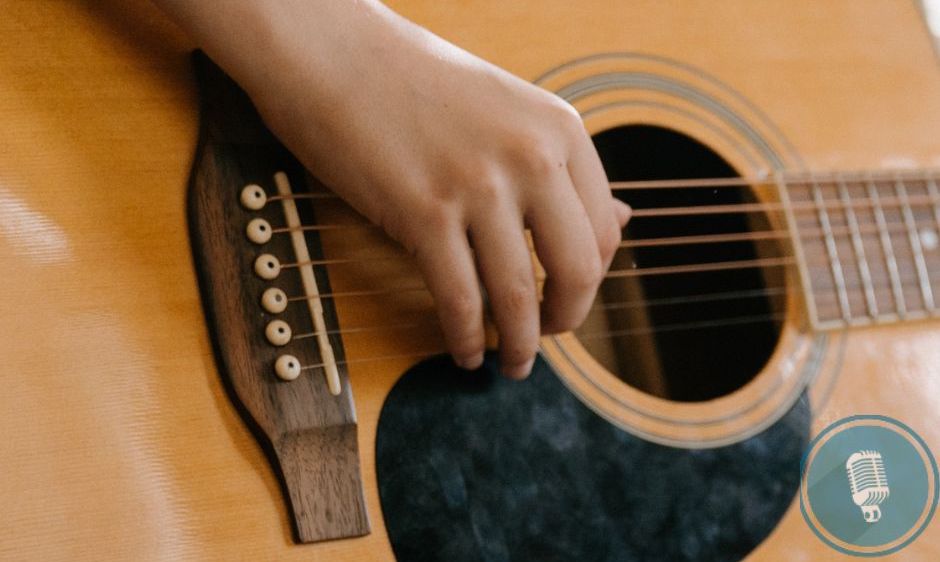
Acoustic intonation is harder to fix because there are no adjustable saddles. Some acoustic and classical guitars have compensated saddles for better string intonation of the treble strings. If pitch accuracy still needs improvement even with the right saddle type, there is usually a problem with the neck, frets, or bridge assembly. This will usually require guitar setup adjustments or a professional repair.
How To Adjust Electric Guitar Bridge Saddles
Most saddles are easy to adjust. You will need a few basic tools, such as a flathead screwdriver or an Allen wrench. How you intonate strings depends on the guitar you have.
If the fretted note on the 12th fret is sharp or slightly higher in pitch than the open string note, then you will need to increase the length of the string. This will lower the pitch of the fretted note to match that of the 12th fret harmonic. You must move the bridge saddle away from the fretboard to do this.
If the fretted notes are flat or lower in pitch than the harmonic, then you will have to decrease the length of the guitar string. This means the bridge saddle must be moved towards the fretboard.
Fender Style Bridges
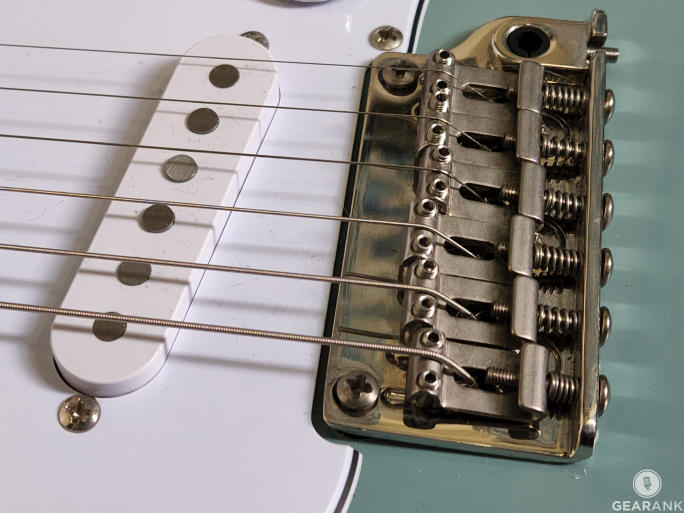
Each string has a dedicated string saddle, and each saddle has a main screw for making horizontal adjustments.
If you adjust this screw, the saddle is pulled towards the bridge or further away.
If you screw clockwise, this will increase the length of the string, and if you turn counterclockwise, it will decrease.
This type of bridge also lets you adjust string height independently on each saddle.
Gibson Style Bridges
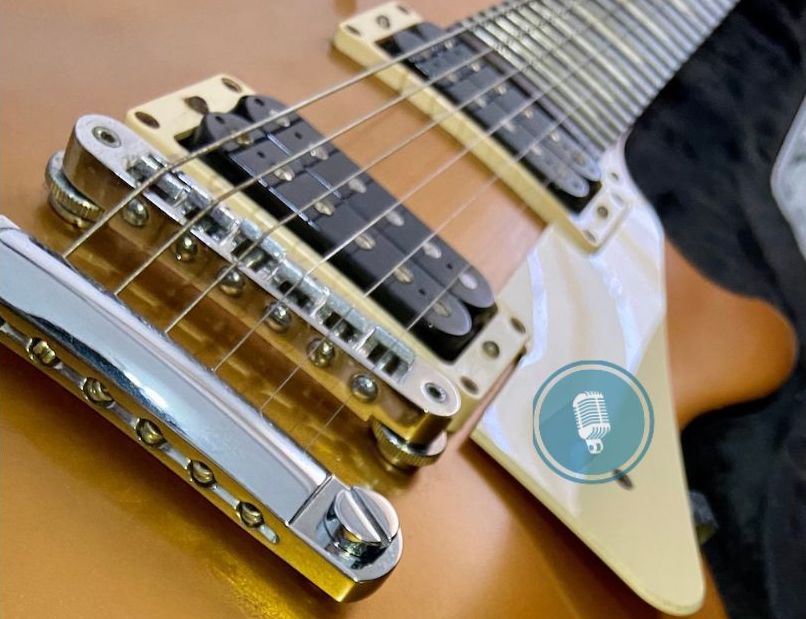
Gibson guitars and their countless clones have adjust-o-matic bridge. This type of bridge is easy to adjust, turning the screw clockwise will decrease the length of the string.
Turn the screw counterclockwise to increase the string length if the fretted note is flat.
There are other more complex bridges like the Floyd Rose tremolo bridge, but they are all derivatives of classic design. This means saddle adjustments are pretty straightforward.
It is best to adjust at small increments and re-tune and check the intonation before you make any more adjustments. Getting the right saddle location for your strings may take a few tries.
Do I Need To Loosen Guitar Strings Before Adjusting Intonation?
Yes, loosening the string tension on your guitar before adjusting the intonation is a good idea, as this can help you avoid any breakages and prevent the string from snapping.
Final Thoughts
Every guitar will need to have regular maintenance. Things like playing style, string tension, and many other factors can impact the overall intonation of an instrument.
Proper electric and acoustic guitar intonation ensures that your instrument is playing at the correct pitch across the fretboard.
Having suitable intonation will make your guitar play beautifully and not off-key. This will make a massive difference to your playing experience and performance.
